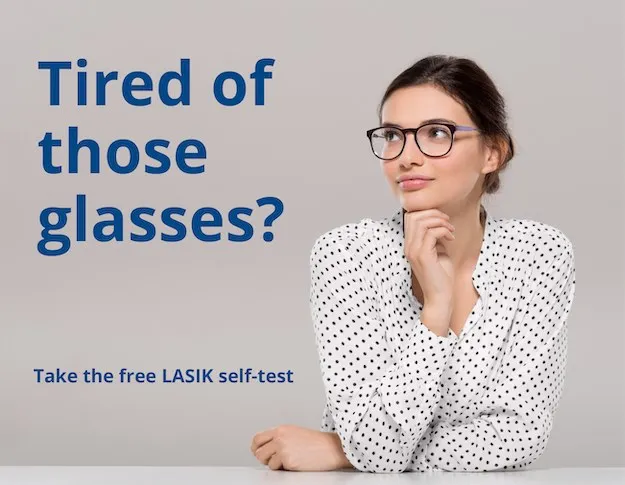
9000
+
Unique elevation points on each eye are mapped
0
%
of CONTOURA Vision patients achieve 20/20 or better
0
%
of patients would get CONTOURA Vision again.
Imagine Life Without Glasses or Contacts
Imagine reducing or even eliminating your dependence on glasses and contacts. Today’s most common refractive surgery procedures are LASIK and PRK, which aim to correct myopia (nearsightedness), astigmatism (uneven focusing of light) and to a lesser degree, hyperopia (farsightedness). St. Paul Eye Clinic uses state-of-the-art all laser technology called CONTOURA Vision LASIK, which measures over 22,000 unique elevation points on each eye to customize your procedure. Your custom treatment will be as unique as your fingerprint! Over 92.6% of LASIK patients achieve 20/20 or better without glasses or contacts. LASIK procedures are performed at the Woodbury clinic.

What To Expect During Your Procedure

The first step is to schedule a screening with a LASIK surgeon to determine if you are a LASIK candidate.
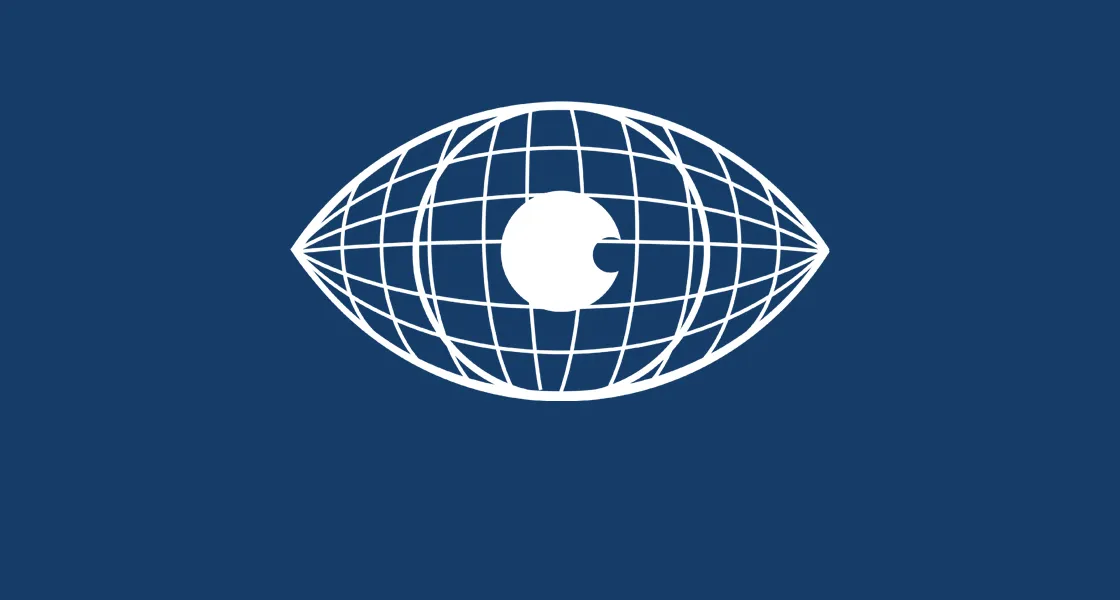
St. Paul Eye Clinic uses state-of-the-art all laser technology called CONTOURA Vision LASIK, which measures over 22,000 unique elevation points on each eye to customize your procedure.
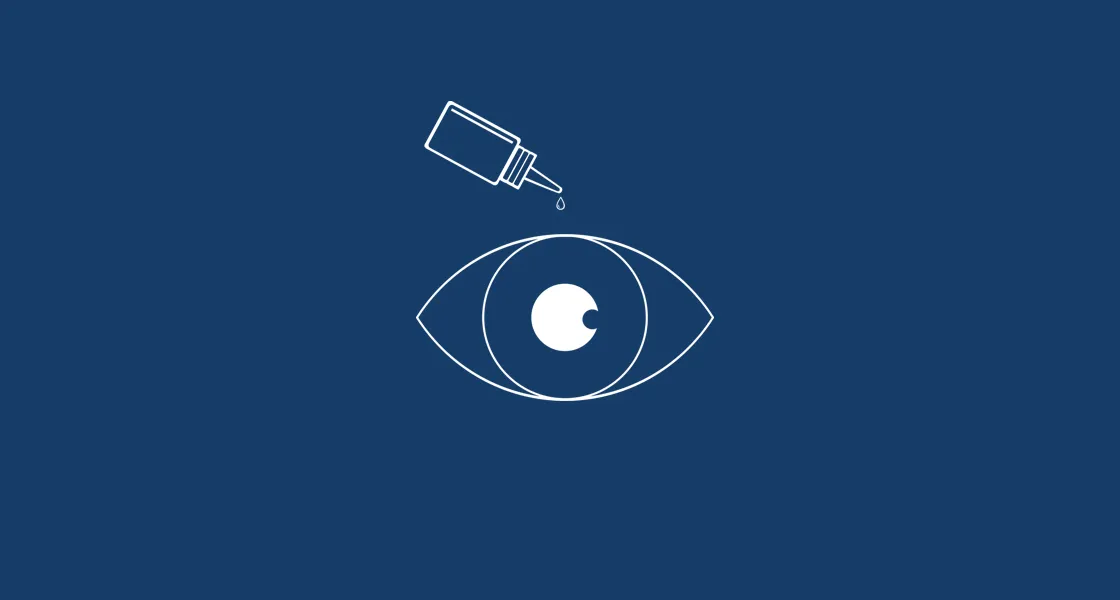
Anesthetic drops are used to numb your eyes.

During the procedure the surgeon uses a laser to create a small flap on the eye. A painless laser is used to reshape the imperfections in your cornea.
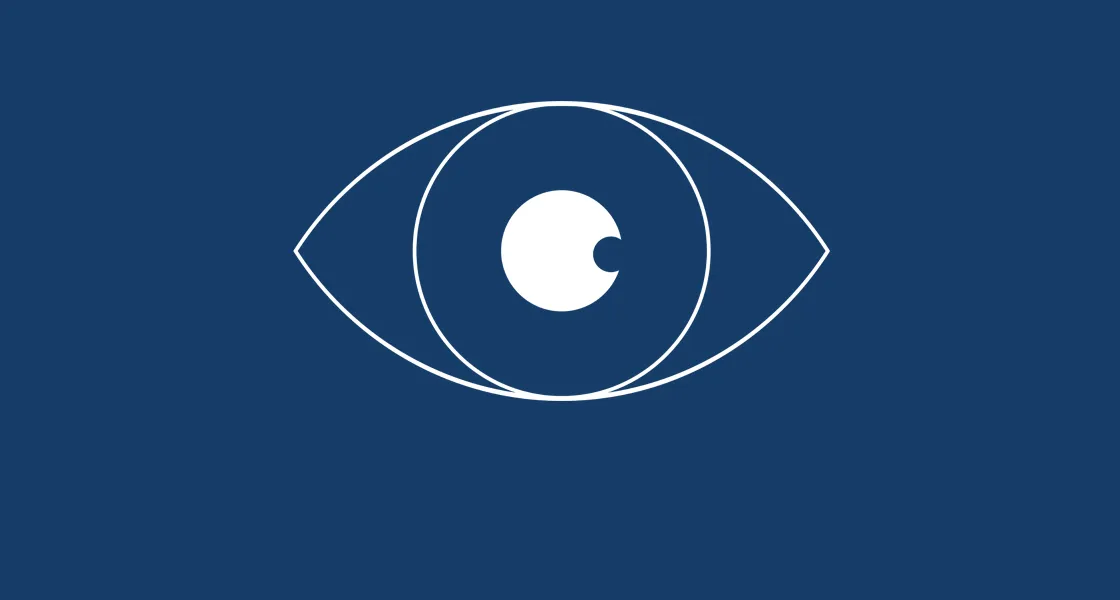
Once completed, the flap is then placed back into position. LASIK surgery only takes minutes to complete and recovery is rapid.

“I think since I had my surgery, I've probably recommended it to about three or four people that I know.”
Jenna - St. Paul Eye Clinic Patient
Play Video
Frequently Asked Questions
Is LASIK safe? What if I move my eye?
Every surgery has risks, but LASIK is very safe. The eye tracker on the laser follows your eye at 2 milliseconds – 10 times faster than you can possibly move your eye. LASIK has been performed for over 20 years with over 20 million procedures successfully completed. It has a patient satisfaction rate of about 95%
Is LASIK painful?
No. The actual procedure does not hurt. Anesthetic eye drops are used during the procedure. Although the speculum that is used to hold your eyelids open may feel strange, it does not hurt. The most uncomfortable part of the procedure is the pressure feeling during flap creation with the femtosecond laser but it lasts for less than a minute. You do not feel any pain from the excimer laser treatment.
Can I afford LASIK?
Yes. It is a life changing investment in yourself that can be less expensive than glasses and contacts over time. Financing can also be used that allows a patient to spread a reasonable payment over many months
How quickly will my eyes recover?
During the first 4-6 hours after the LASIK procedure you can expect some irritation, sensitivity to light, a scratchy sensation (similar to an eyelash in your eye) and possibly some mild tearing/watery eyes. Although you will start to see better within a few hours after the treatment, the vision on the day of the procedure will seem a little foggy. Most people get back to their normal routine quickly – even going back to work the next day.
How fast is the procedure?
The actual procedure is very fast. The flap creation using a femtosecond laser takes about 10 seconds, and the excimer laser can reshape your eye in less than 15 seconds. You are usually in the laser suite for about 20 minutes from start to finish.
Am I a candidate for LASIK?
LASIK eye surgery can correct myopia, hyperopia and astigmatism allowing people under 40 to see better without glasses both far away and up close. If you are over 40, you can still correct the distance vision with LASIK, but you will likely still need over the counter reading glasses to read up close. Although some people over 40 use contact lenses to correct one eye for distance and the other eye for near, this does not work for many people and you would want to try it with contact lenses before attempting monovision correction with a laser. LASIK is performed after your vision has been stable for a period of time (typically 1 year or more). There are a number of factors that doctors must evaluate before they can determine who is a candidate for LASIK. Some pre-existing conditions may also exclude you from having LASIK including Keratoconus, rheumatological conditions (Lupus or Rheumatoid Arthritis), uncontrolled glaucoma, cataracts, retinal problems, and optic nerve diseases. Additionally, if you are pregnant or nursing, we recommend that you wait until you are finished nursing to be evaluated for LASIK.
I am currently only wearing reading glasses, can I get LASIK?
When people turn 40, the eyes start having difficulty focusing up close. Even if you never needed glasses (or previously had LASIK) before age 40, you will likely need help reading up close at some point in your 40’s. This is called presbyopia. LASIK does not stop the aging process. People who don’t need glasses to see in the distance often wear over the counter reading glasses. People who do need glasses to see in the distance often wear bifocals or take off their glasses to read if they are myopic. If you are over 40, LASIK can still correct your distance vision, but you will want reading glasses to see up close. If you are able to tolerate monovision (correcting one eye for distance, and the other eye for near) using contact lenses, LASIK may be able to provide a similar outcome, but your eyes will continue to age often requiring reading glasses in the future. Most people prefer using LASIK to correct both eyes for distance vision which allows the eyes to work together and maintain the best possible depth perception. At some point after age 40, even if you see perfectly in the distance, you will start using over the counter reading glasses to see up close.
